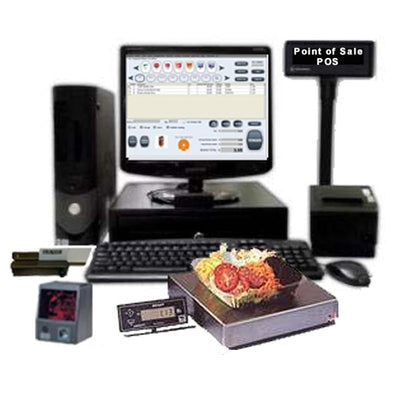The tools that power the retail and service industry are changing. The latest POS systems are at the heart of this transformation. They blend the power of hardware and software to expand beyond the traditional cash register as well as receipt. The focus has shifted from on collecting payment. Point of Sales Experience is today focused on operational intelligence, customer insight, and seamless integration throughout the business.
The Heart of the System: How POS Software Goes Beyond Transactions
Point of sale POS software is a command center which can handle basic transactions. It keeps track of inventory as it’s sold, continuously adjusts stock levels and provides alerts when the stock levels are in short supply. It monitors sales and customer preferences and turns each transaction into valuable information that can be used to determine future marketing and buying strategies.
A good POS system’s ability to connect departments is one of its lesser-known functions. Instead of handling payroll in isolation for instance, certain systems have a time clock feature that directly informs employee scheduling and wage calculation. The result is an easier flow of work and less stress on the administrative side.

POS software includes the option of synchronization, which is crucial for companies that have both a physical and online presence. Products in stores can be synchronized with online stock in real time, preventing mismatches or double-selling. With the shift towards mixed buying, where shoppers browse online and then purchase at the store, this method of synchronization becomes essential.
Why Integration Matters More Than Ever
Integration is where the modern POS point of sale system truly shines. You no longer have to “talk” between multiple tools. A reliable POS platform is defined by its ability to connect inventory, sales management, staff management and accounting.
Consider customer experience for example. Customers can be informed of loyalty points upon checkout, receive relevant discounts and an eReceipt within their email with no delays. The backend of the sale updates revenue totals and the availability of stocks as well as daily reports. This provides a more personal shopping experience while also reducing manual input and errors.
For business owners and managers the level of knowledge is invaluable. They can adapt their pricing strategies, and react to market trends quicker with accurate real-time data.
An investment that will pay off in the long-term
It’s no wonder that growing numbers of enterprises are investing in POS systems. They deliver measurable outcomes. The benefits of POS systems extend beyond speed and precision. They also help in making more informed decisions and long-term growth. It doesn’t matter if you’re running a one-location cafe or a growing chain of retail stores A well-implemented point of sale software can to streamline your operations and uncover patterns you may have otherwise missed.
Furthermore, as the increase in expectations of consumers an advanced point-of-sale setup is an essential but unnoticed element of the consumer experience. Fast checkouts, accurate data on inventory, and a digital payment options are becoming standard expectations. Businesses who deliver on these aspects earn more respect as well as more repeat visits.
Final Thoughts
A modern POS system is more than just a cash-out tool, it’s an interface between your product, your staff and your customers. The best point of sale POS software can help you understand your business on a more profound level, providing clarity in decision-making and efficiency in the execution.
In a highly competitive market staying ahead of the competitors means being aware in a fast-paced, flexible and focused manner on your clients. It’s not just about making sales, but you’re creating something that will last by integrating POS technology into a sophisticated point-of-sale software.
